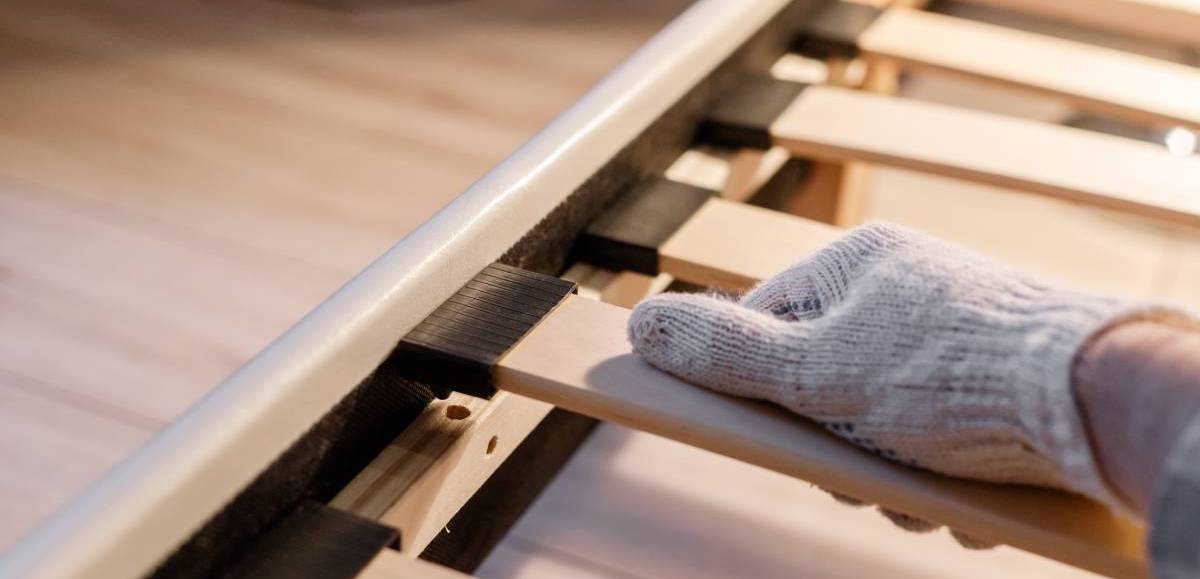- Home/
- Comparisons/
- Assembly/
- Gravel Bike vs Road Bike

Gravel bike vs road bike: Which suits your cycling needs?
Comparing road bikes and mountain bikes based on riding style, suspension, assembly process, and more.
Hire an expert bike assemblerPublished on
Key Facts
- A gravel bike is a versatile, all-terrain bicycle designed for comfort and stability on both unpaved paths and paved roads.
- A road bike is a lightweight, aerodynamic bicycle optimised for speed and efficiency on smooth, paved surfaces.
Riding the bike is a cleaner and more environmentally friendly method of transportation. In fact, it’s ten times more effective than electric cars in helping communities meet net zero emissions. For many, it also serves as a form of exercise and leisure activity. However, with the popularity of different types of bikes, it can be challenging to pick which one suits you best.
If you are torn between purchasing a gravel bike vs road bike, then this guide is for you. We'll discuss the nuances between these two that can significantly impact your riding experience. We'll also help you make an informed decision that aligns with your cycling needs.
Each type can affect your average bicycle riding speed, comfort, and overall enjoyment on the road. So, let's go through the essentials and make your next ride the best trip you'll ever have.
What is a gravel bike?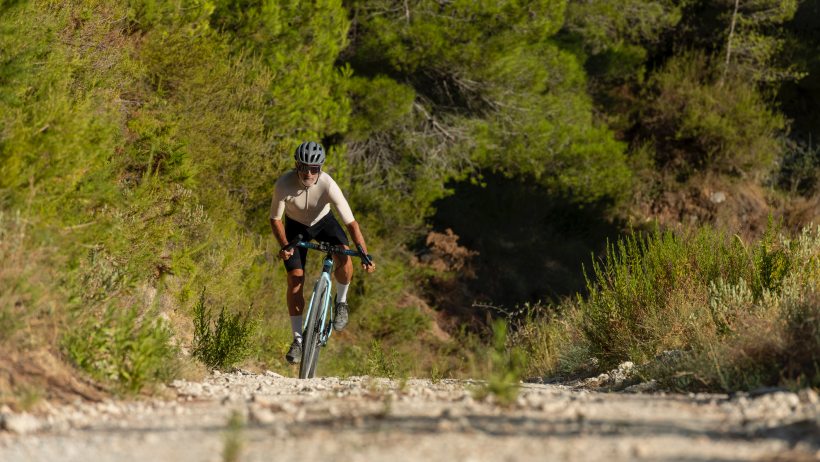
A gravel bike is often regarded as a cross between a road bike and a mountain bike. They’re designed to handle a bit of everything—smooth tarmac, gravel paths, and even some less gnarly trails. You get the stability and durability you'd find in an MTB while also having the agility and speed of a road bike.
That’s why it’s no wonder that many compare gravel bikes vs MTB. There’s a distinct difference, though. An MTB is unbeatable for those technical trails, but it's a bit much for the road. Meanwhile, the gravel road bike is comfy enough for long rides.
They’re decked out with wider tyres for that extra grip on loose surfaces, and they can take a few knocks. In other words, a gravel bike is perfect for both road and trail adventurers.
What is a road bike?

Road bikes are known for their speed, efficiency, and precision on the pavement. They’re sleek and aerodynamic because of their lightweight frame, skinny tyres, and drop handlebars.
This design is meant to slice through the air with minimal resistance. Road bikes are also built for riding on asphalt. However, they can feel less stable on rough terrain like gravel or dirt trails.
Their specialised design also causes riders to adopt an aggressive, forward-leaning position. This posture enhances aerodynamics but might take some getting used to for beginners.
Road bike vs gravel bike: Which is the right fit for your cycling goals?
The question of using a gravel or road bike isn't just about picking your next ride—it's about choosing your next adventure. Both bikes have their own unique strengths, but when it comes down to it, the decision hinges on what kind of cyclist you see yourself as and the paths you're eager to explore.
Let’s break it down, factor by factor, to help you saddle up on the perfect bike for your cycling goals.
In terms of frame geometry
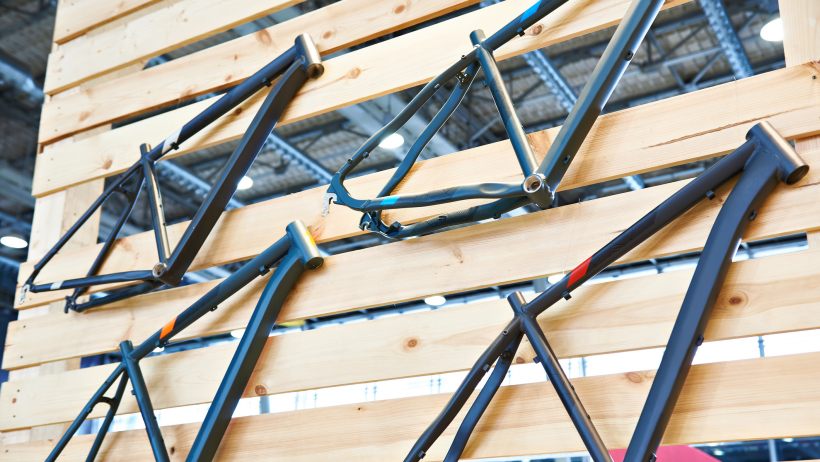
The frame design is pivotal to ride quality. Gravel bikes boast a more relaxed geometry, which allows for a more upright riding position. This eases the strain on your back and shoulders during longer, off-road adventures. The design also improves bike handling on unpredictable surfaces.
On the flip side, road bikes feature a more aggressive geometry that leads to a forward-leaning riding position. This promotes aerodynamics and speed on smooth pavements. That's why road bikes are incredibly efficient over long distances on asphalt, where the primary goal is slicing through the air with ease. However, this same design can prove less comfortable for casual riders or those riding for extended periods.
When considering gravel bike weight, the slightly heavier frame is a trade-off for enhanced durability and versatility. The added weight comes from design elements meant to withstand the rigours of gravel and mixed-terrain riding without compromising performance. In contrast, road bikes are designed to be as light as possible. They might not fare well on rough terrain but are perfect for racers and speed enthusiasts.
In terms of tyre width
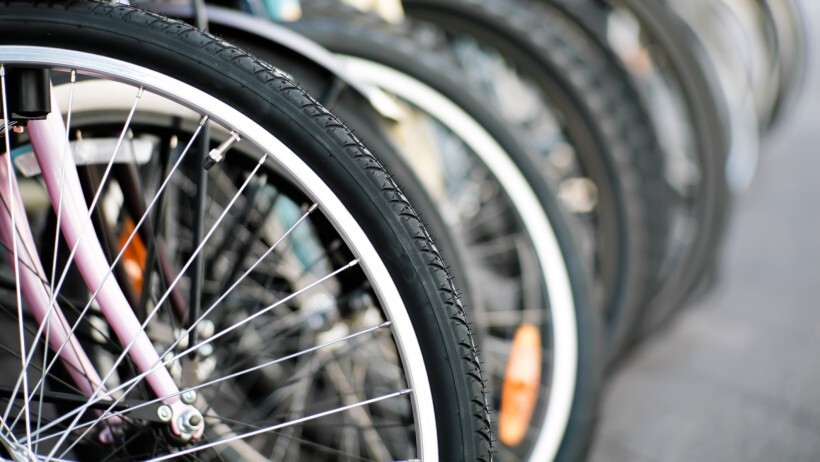
Gravel bikes typically have wider tyres than road bikes. These beefier tyres provide enhanced grip and stability on loose surfaces like gravel, dirt, and even rocky trails. They can absorb more of the bumps and jolts.
On the other hand, road bikes sport narrower tyres. The slimmer profile reduces friction and rolling resistance, making it easier to maintain higher speeds for a longer time. But here’s the twist: putting gravel tyres on a road bike can bridge the gap between the two, albeit with some trade-offs in performance.
For folks who dabble in both terrains but don't want to buy two separate bikes, hybrid and touring bikes offer a middle ground with tyre widths that balance off-road capability with on-road speed. These options won't outperform a specialised bike in its preferred terrain but offer versatility for those who crave variety.
The difference between tube and tubeless tyres is also worth considering. Tubeless tyres are the norm on gravel bikes, which use a sealant to prevent punctures. Going tubeless means lower tyre pressures for better grip in tricky conditions and less maintenance due to fewer flats. Road bike tyres usually require tubes, although there are tubeless options available.
In terms of gearing
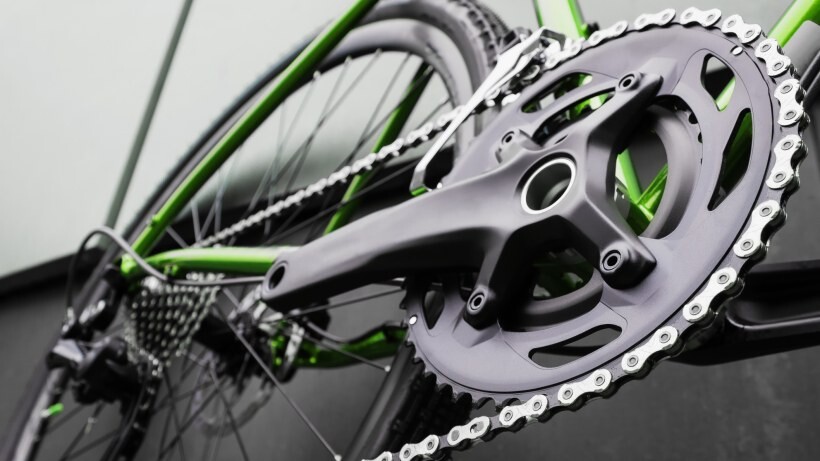
Gravel bikes are equipped with a broader range of gears, which is perfect when you’re tackling steep hills or rough terrains. They often feature a compact crankset paired with a wide-ratio cassette. This ensures that you've got the low gears necessary to conquer challenging off-road climbs.
Road bikes usually come with a gearing setup optimised for smooth surfaces. You'll often find them sporting a standard double crankset that helps riders maintain high speeds on the flats. However, this setup might not offer the low gearing needed for more demanding inclines, making climbs on a road bike more of a workout.
In terms of terrain versatility
 When talking about flexibility, gravel bikes truly shine due to their ability to handle a wide range of surfaces. They're built tough, which means you can take a gravel bike on the road for your daily commute, and then veer off onto a dirt track without skipping a beat. This is a game-changer for riders who love exploring different paths without the worry of whether their bike can handle it.
When talking about flexibility, gravel bikes truly shine due to their ability to handle a wide range of surfaces. They're built tough, which means you can take a gravel bike on the road for your daily commute, and then veer off onto a dirt track without skipping a beat. This is a game-changer for riders who love exploring different paths without the worry of whether their bike can handle it.
Meanwhile, road bikes are masters of the pavement. If you're chasing a higher typical cycling speed, a road bike has got your back. It'll slash through the air with its sleek frame and narrow tyres. But throw in a patch of gravel or a bumpy road, and you'll probably encounter problems.
In terms of accessories and mounting points
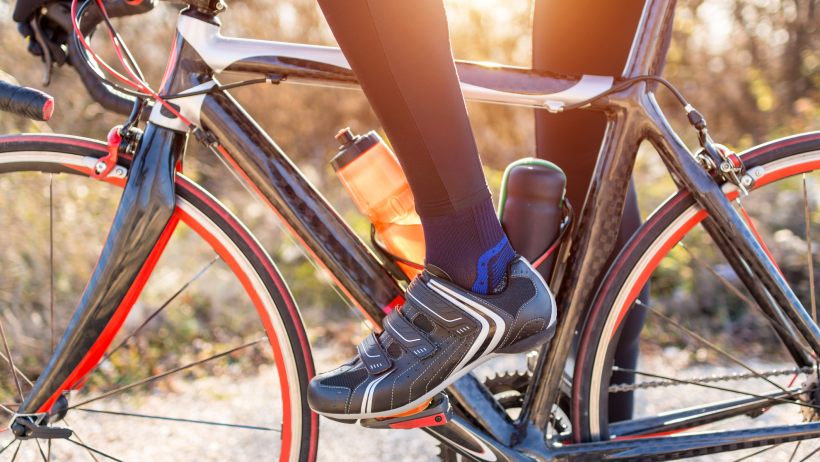
Gravel bikes are also champs when it comes to accessorising. They often come with numerous mounting points for your gear, making them ideal for long hauls or bike-packing adventures. This means you can easily attach extra water bottles, tool bags, or even a tent to your gravel bike without a hassle.
Road bikes tend to sport a cleaner look with fewer mounting options. They're designed for speed, so anything that could catch wind or add weight is minimised. If you're the type to ride with just a spare tube and a water bottle, then a road bike's sleek profile might just be your jam.
In terms of the assembly process
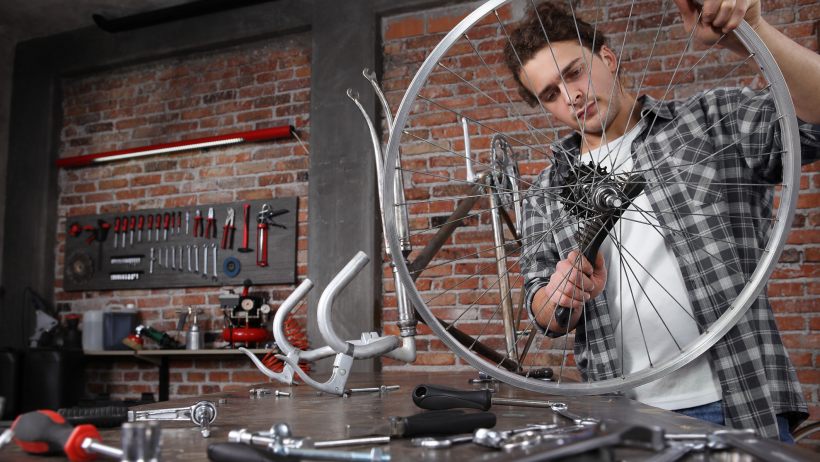
Gravel bikes come with a bit of a learning curve when it comes to assembly. You've got to familiarise yourself with more rugged components designed for varied terrain, which might take a tad longer to put together initially.
That said, it's an opportunity to get to know your bike inside and out. This will make future adjustments and repairs easier to handle.
Assembling a road bike is usually more straightforward. Their design is simpler, focusing on aerodynamics, which means fewer complex parts to worry about. It's perfect for riders who prefer to hit the road quickly without the fuss of figuring out where extra gear fits.
Assemble your gravel or road bike with Airtasker
Whether you're setting up a rugged gravel bike for your next off-road adventure or streamlining a sleek road bike for speed, getting it just right can be a bit of a task. But here's the good news – you don't have to tackle it alone.
With Airtasker, finding someone skilled in bike assembly or repairs is as easy as posting your task and watching the offers roll in. The platform can easily connect you with professionals who are ready to take the headache out of your bike assembly.
Focus on planning your next ride instead of wrestling with instructions and tools. It's a simple, smart way to ensure your bike is road or trail-ready without the fuss. Post a task today and connect with skilled workers who can turn that box of parts into your dream ride.
Gravel bike vs road bike
| Gravel Bike |
Road Bike |
|
| Frame Geometry |
Relaxed geometry for an upright position |
Aggressive geometry for aerodynamic position |
| Tyre Width |
Wider tyres for grip and stability |
Narrower tyres for reduced friction and speed |
| Gearing |
A broad range of gears for varied terrains |
Optimised gearing for speed on smooth surfaces |
| Terrain Versatility |
Versatile for multiple terrains |
Best suited for smooth, paved roads |
| Accessories and Mounting Points |
Numerous mounting points for accessories |
Minimal mounting options for sleekness |
| Assembly Process |
Might require familiarity with rugged components |
Generally simpler and quicker to assemble |
FAQs on gravel bikes and road bikes
Yes, gravel bikes are good for long-distance rides. They’re comfortable and stable, and their durable design also allows them to handle rougher terrains and road conditions.
Yes, you can use a gravel bike as a road bike. While it may not match the speed of a dedicated road bike due to its wider tyres and heavier frame, it offers a comfier option for the road.
Gravel bikes can go fast on the road, especially when equipped with narrower, road-friendly tyres. However, their speed on the road might not be as high as that of road bikes due to their weight and design, which are focused on stability and comfort over different terrains.
It can vary greatly depending on the type of service required, the bike's make and model, and your location. However, it can typically run from $5 to $250 in Australia. It's always a good idea to check with local bike shops for exact pricing.
Related articles
Find assembly experts, fast
Post a task








